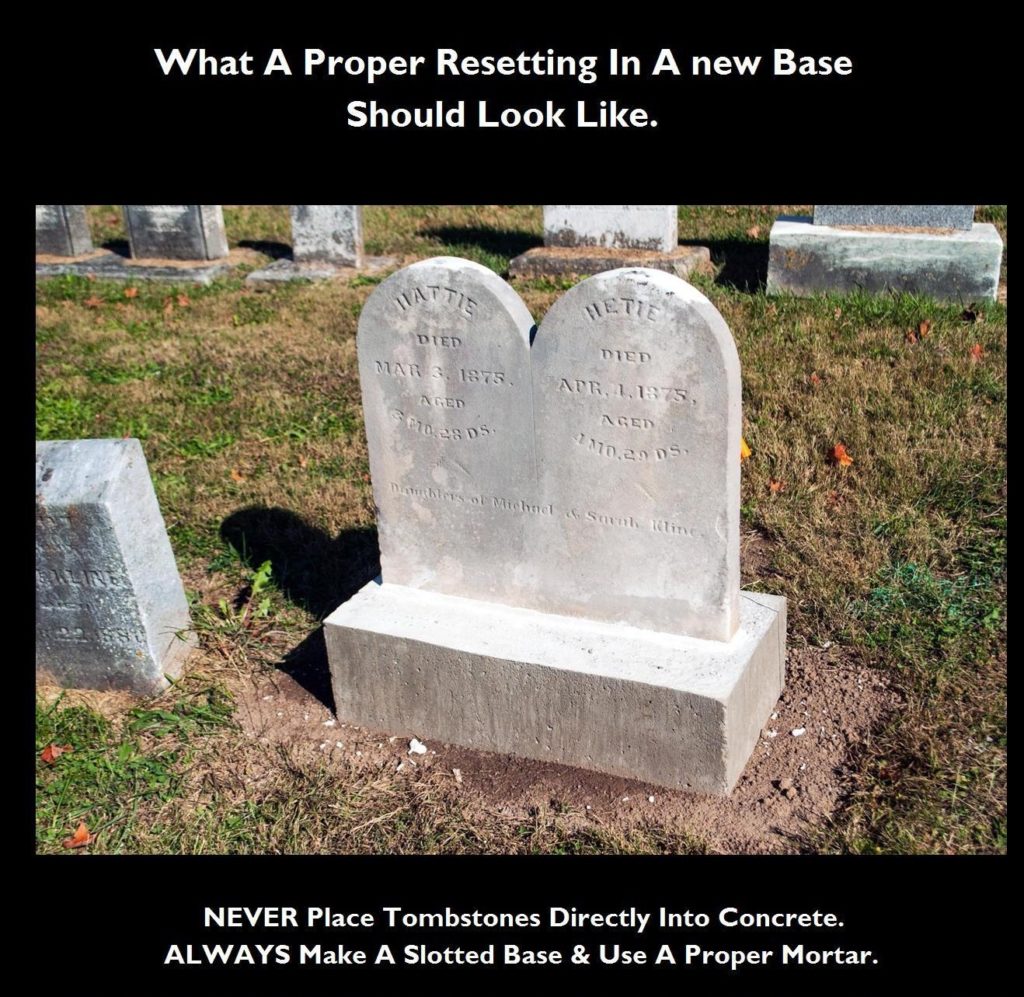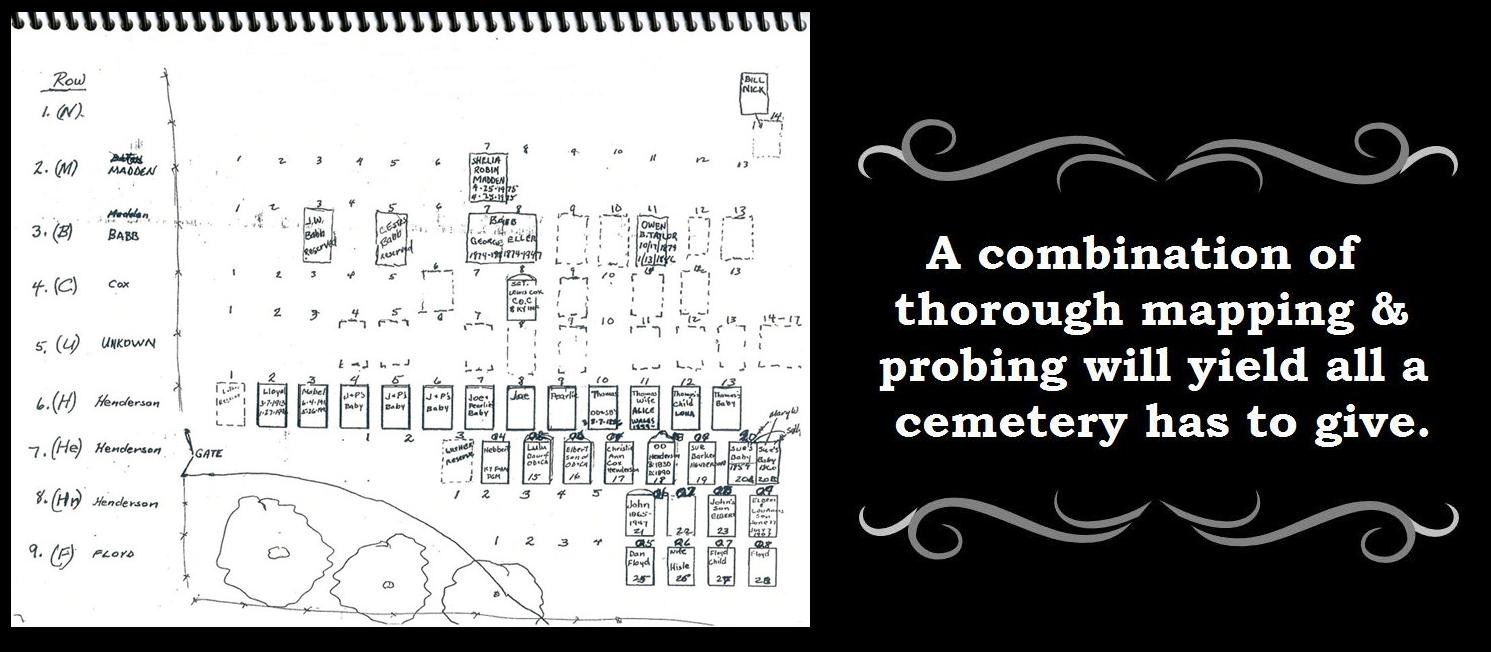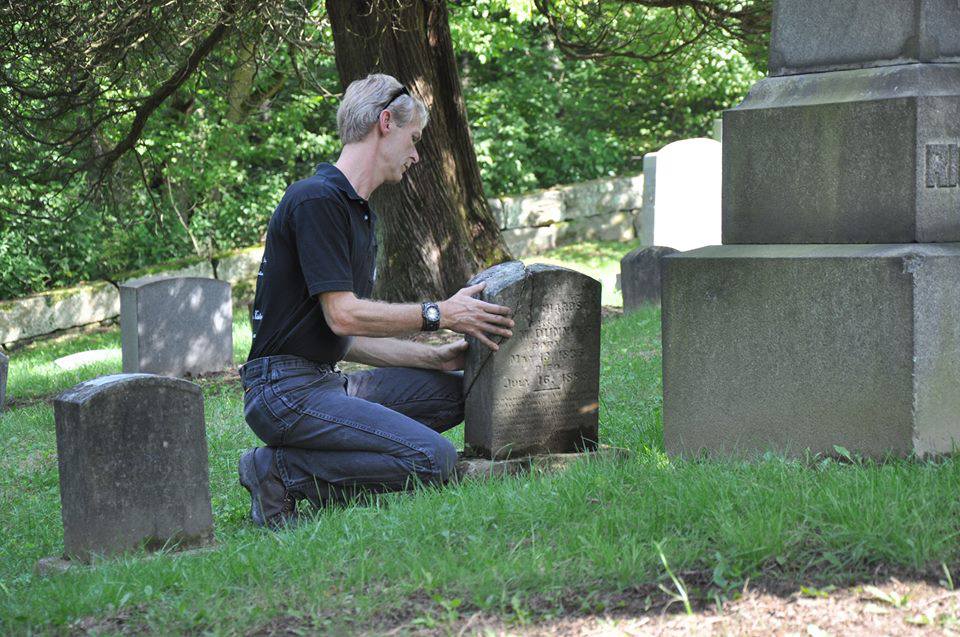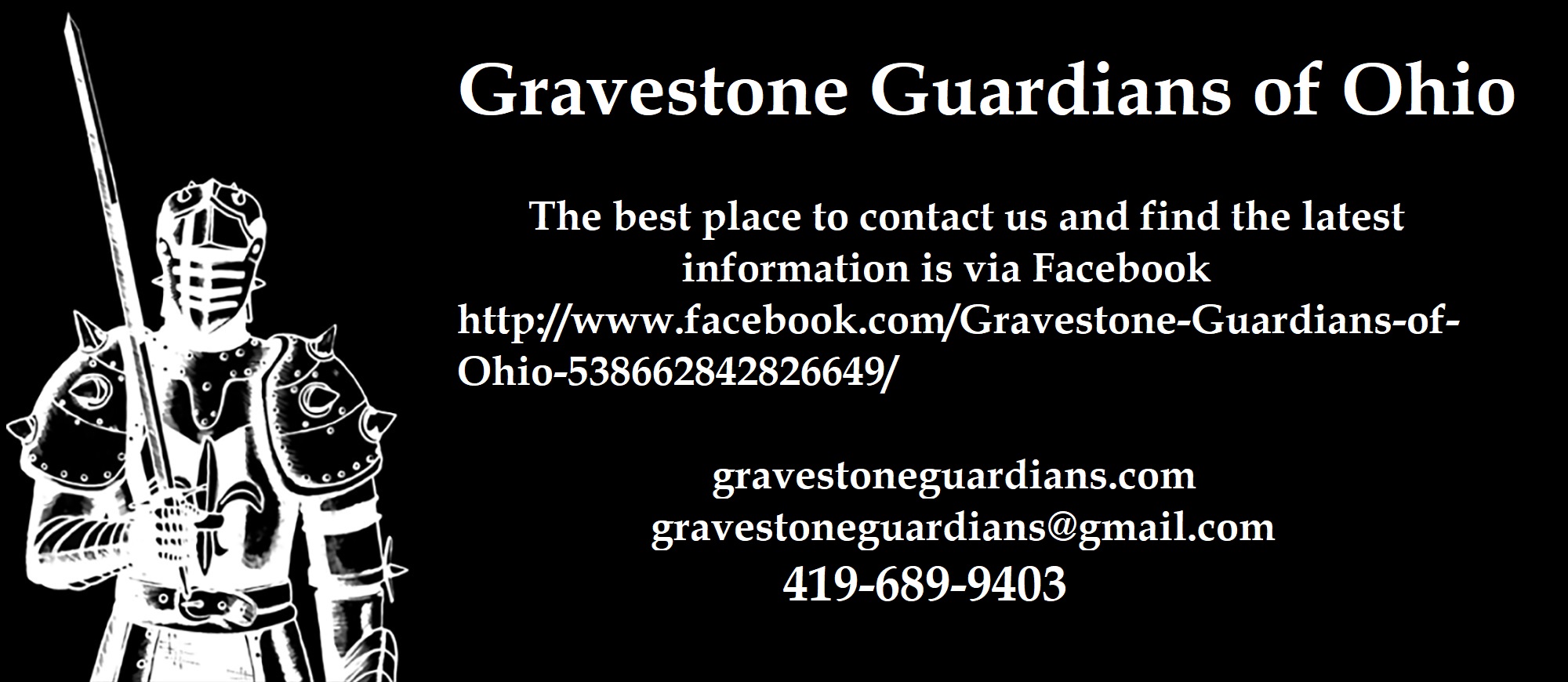Services

Gravestone Guardians of Ohio is very honored to provide you with the following summation of what we do when it comes to tombstone & cemetery restoration work, & show you why we are different than most in this business. Our training tells us, there is a big difference between the old marble & sandstone tombstones & monuments found in historic cemeteries, versus the granite markers found in more modern cemetery sections. Our experience has taught us that to restore & preserve the older markers; a specialized type of care is needed. This care can only be given by a tombstone & cemetery conservator who has the correct knowledge.
The basic differences between us, Gravestone Guardians of Ohio, “a conservator of tombstones”, & a monument company, “those who set modern monuments”, are quite simple & are as follows.

What we offer.
It begins with proper knowledge. We have taken & continue training with the NCPTT, “The National Center for Preservation Technology & Training”, “and a division of the national park service”. This is the organization that conservators from across the country go to, to be trained in all aspects of preservation that concerns historical buildings & monuments to cemeteries & historical sites. We have trained alongside people from the Gettysburg & Vicksburg Nation Battlefield park systems, to those who preserve historical buildings throughout the eastern seaboard. These classes are a mecca of historical preservation knowledge & are taught by the country’s top conservators. As a founding member of Cemetery Conservators for United Standards, means or education and knowledge is ongoing daily. We feel training doesn’t get any better than this.
The next most important thing is finding & using proper materials for preservation & restoration. This is a key factor since all the knowledge in the world will do little good if you use the wrong materials & tools. We use specific specialized mortars & color matched infill’s to address tombstone breaks, cracks, & material loss issues. This is one of the most crucial elements since this is something that is being adhered to the stone. These items cannot be found at a local hardware, they must come from one of the few companies that deal with historic preservation. They must also be as close to the stones makeup as possible to ensure breathability for the stone as it goes through the seasonal changes of freeze & thaw.
Grave marker preservation is always a case by case evaluation and procedure per the individual grave marker. That being said, the majority of historic grave markers fall under these 6 categories.
Cleaning
Tablet Setting
Tablet Setting in a Slotted Base
Multi-Piece Monument Re-setting
Repairing Broken Stones
Infilling after repairs
The way we achieve this is by strictly adhering to the standards at the following CCUS website links
https://cemeteryconservatorsunitedstandards.org/cleaning/
https://cemeteryconservatorsunitedstandards.org/tablet-sets/
https://cemeteryconservatorsunitedstandards.org/slotted-bases/
https://cemeteryconservatorsunitedstandards.org/multi-piece-monument-basics/
https://cemeteryconservatorsunitedstandards.org/repair/
https://cemeteryconservatorsunitedstandards.org/infill/
Proper repair techniques consist of bridging good training & good repair materials. Every stone is different in its own way & should be addressed on a stone by stone basis to ensure the best repair possible. For example, it’s knowing how to use the right epoxy in the right place to reconnect the broken pieces of a 150 year old marble tablet. It’s knowing how to best lay infill so the inscription is not compromised. And it’s knowing how to deal with a crumbling sandstone & when to apply a consolidate.


Proper resetting techniques should always remain true to the setting the stone originally had with a few acceptations pertaining to loss of original base, or severe loss of lower stone. These can be addressed by pouring a new base & possibly shortening the stone to preserve the inscription of the stone as well as its integrity for many years to come. Tombstones should never be placed in big wet puddles of concrete nor should they be reattached to bases with traditional mortars. Modern concreted & mortars are much harder than the tombstones or bases & will cause the tombstone to give way & fracture rather than the mortar or concrete, & in turn cause much damage if not fatal damage to the stone. We use pea gravel & sand so the stone can breathe & move naturally & not fight the elements of nature’s thaw & freeze.
We reset all types & sizes of tombstones & monuments. A single tablet is one that is merely leveled & placed at a depth 1/3 directly in the ground. A single tablet & base is a tablet style stone in a rectangular base. The base is properly leveled & the stone is put back in the base.

Proper mapping & documenting is being the Sherlock Holmes that is needed for some cemeteries



